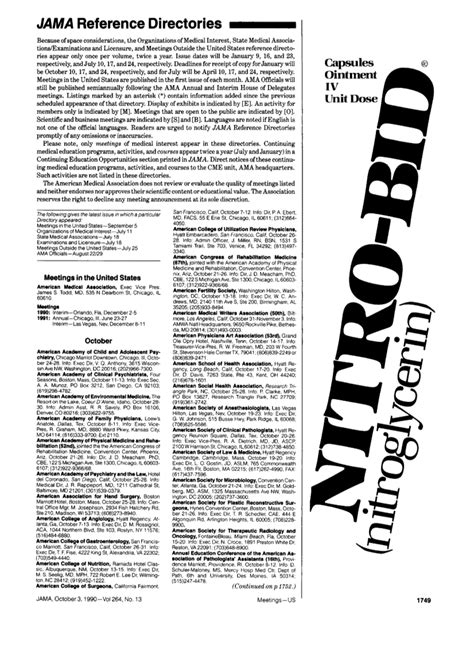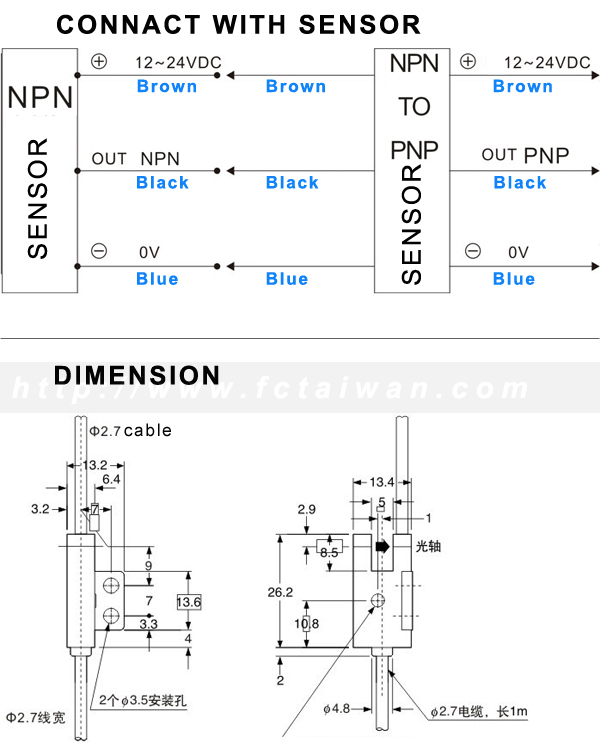Ultimate Shield Design Guide

The world of engineering and technology has witnessed significant advancements in recent years, with innovations in materials science and design leading the charge. One area that has seen tremendous growth and development is the field of shielding, where engineers and researchers are continually pushing the boundaries of what is possible. At the heart of this movement is the ultimate shield design, a concept that has captured the imagination of experts and enthusiasts alike. In this comprehensive guide, we will delve into the world of shield design, exploring the fundamentals, key considerations, and cutting-edge technologies that are shaping the future of this exciting field.
Introduction to Shield Design

Shield design is a complex and multidisciplinary field that requires a deep understanding of materials science, physics, and engineering principles. A shield, in its most basic form, is a barrier designed to protect a person, object, or system from harm or damage. This can include protection from physical impacts, radiation, electromagnetic interference, or other forms of energy. The ultimate shield design is one that can provide comprehensive protection against a wide range of threats, while also being lightweight, flexible, and adaptable to different environments and situations. Key considerations in shield design include the type of threat being protected against, the level of protection required, and the trade-offs between weight, cost, and performance.
Historically, shields have been used in a variety of contexts, from ancient warfare to modern-day aerospace applications. The development of new materials and technologies has enabled the creation of shields that are stronger, lighter, and more effective than ever before. Metamaterials, for example, are artificial materials engineered to have specific properties not found in nature, such as negative refractive index or perfect absorption of electromagnetic radiation. These materials have the potential to revolutionize the field of shield design, enabling the creation of shields that can manipulate and control energy in ways previously thought impossible.
Types of Shields
There are several types of shields, each designed to provide protection against specific types of threats. Physical shields are designed to protect against impacts, punctures, or other forms of mechanical damage. These shields are typically made from materials such as steel, aluminum, or advanced composites, and are used in applications such as body armor, vehicle armor, and industrial protective gear. Radiation shields, on the other hand, are designed to protect against ionizing radiation, such as X-rays, gamma rays, or neutron radiation. These shields are typically made from materials such as lead, concrete, or water, and are used in applications such as nuclear power plants, medical facilities, and space exploration.
A comparative analysis of different shield types reveals that each has its own unique advantages and disadvantages. Physical shields, for example, are often heavy and inflexible, but provide excellent protection against mechanical threats. Radiation shields, on the other hand, are often lighter and more flexible, but may not provide adequate protection against high-energy radiation sources. The ultimate shield design must balance these competing considerations, providing comprehensive protection against a wide range of threats while also being lightweight, flexible, and adaptable to different environments and situations.
| Shield Type | Materials | Applications |
|---|---|---|
| Physical Shield | Steel, Aluminum, Composites | Body Armor, Vehicle Armor, Industrial Protective Gear |
| Radiation Shield | Lead, Concrete, Water | Nuclear Power Plants, Medical Facilities, Space Exploration |
| Electromagnetic Shield | Copper, Aluminum, Mu-Metal | Electronics, Communication Systems, Medical Devices |

Technical Specifications and Performance Analysis

The technical specifications and performance analysis of a shield are critical considerations in determining its effectiveness. Key performance indicators include the shield’s ability to absorb or deflect energy, its weight and flexibility, and its durability and lifespan. The ultimate shield design must balance these competing considerations, providing comprehensive protection against a wide range of threats while also being lightweight, flexible, and adaptable to different environments and situations.
A performance analysis of different shield designs reveals that each has its own unique strengths and weaknesses. Physical shields, for example, are often effective against mechanical threats, but may not provide adequate protection against radiation or electromagnetic threats. Radiation shields, on the other hand, are often effective against ionizing radiation, but may not provide adequate protection against high-energy radiation sources. The ultimate shield design must take into account these competing considerations, providing comprehensive protection against a wide range of threats while also being lightweight, flexible, and adaptable to different environments and situations.
Future Implications and Real-World Applications
The future implications of the ultimate shield design are significant, with potential applications in a wide range of fields, including aerospace, defense, medicine, and industry. Real-world applications include the development of advanced body armor, vehicle armor, and industrial protective gear, as well as the creation of shields for use in space exploration, nuclear power plants, and medical facilities. The ultimate shield design has the potential to revolutionize these fields, enabling the creation of safer, more effective, and more efficient systems and technologies.
A comparative analysis of different shield designs reveals that each has its own unique advantages and disadvantages. The ultimate shield design must balance these competing considerations, providing comprehensive protection against a wide range of threats while also being lightweight, flexible, and adaptable to different environments and situations. By exploring the use of advanced materials and technologies, researchers and engineers can create shields that are stronger, lighter, and more effective than ever before, with significant implications for a wide range of fields and applications.
What is the ultimate shield design?
+The ultimate shield design is a concept that refers to a shield that can provide comprehensive protection against a wide range of threats, while also being lightweight, flexible, and adaptable to different environments and situations.
What are the key considerations in shield design?
+The key considerations in shield design include the type of threat being protected against, the level of protection required, and the trade-offs between weight, cost, and performance.
What are the future implications of the ultimate shield design?
+The future implications of the ultimate shield design are significant, with potential applications in a wide range of fields, including aerospace, defense, medicine, and industry. The ultimate shield design has the potential to revolutionize these fields, enabling the creation of safer, more effective, and more efficient systems and technologies.
In conclusion, the ultimate shield design is a complex and multidisciplinary field that requires a deep understanding of materials science, physics, and engineering principles. By exploring the use of advanced materials and technologies, researchers and engineers can create shields that are stronger, lighter, and more effective than ever before, with significant implications for a wide range of fields and applications. Whether used in aerospace, defense, medicine, or industry, the ultimate shield design has the potential to revolutionize the way we protect people, objects, and systems from harm, enabling the creation of safer, more effective, and more efficient systems and technologies.

